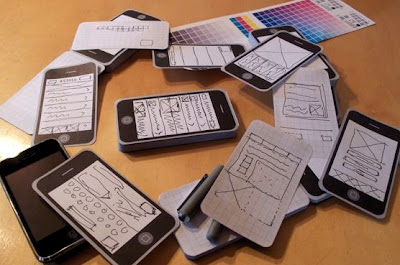
From "The Essentials of Advertising" textbook published in the 1920s:
"The latest, and by many large distributors of merchandise regarded as one of the most important advertising mediums, is the motion picture. The popularity of motion pictures as a form of entertainment or for educational purposes is attested by the statement that there are 14,000 theaters in the United States devoted to their presentation, with daily audiences aggregating 14,000,000 persons, or over 5,000,000,000 a year. The possibility of placing an advertisement of any kind before an audience of this vast size strongly appeals to the imagination of merchants and manufacturers with products to sell.
Motion picture advertising is presented under ideal conditions. In the darkened theater the attention of the audience is centered upon the brilliantly lighted screen upon which the pictures appear, as it is the only thing that can be seen. The spectators are in a receptive mood. They are there to be entertained or instructed. When they enter the theater they leave business and household cares behind and, with open minds, are ready to receive impressions from the film productions."
- Read it on
Google Books (+
iPhone version),
Archive.org. P.S. Starting next week, you can stop by the
Harvard Bookstore in Cambridge and have this and other titles from Google Books
custom-printed and bound (see background in
Wired).














